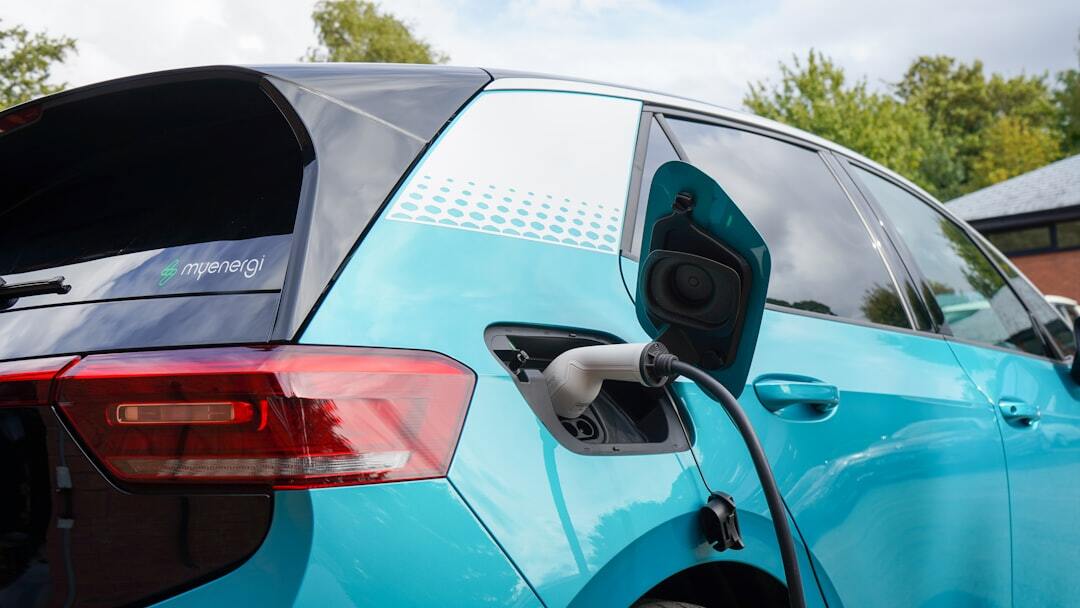
A recent paper published by a group at the department of mobility systems engineering at TUM goes about breaking down a battery pack from a VW ID.3 and benchmarking it. Here are the highlights from the paper.
Highlights
The aerodynamic losses in a vehicle is still the major factor in wheel-to-distance losses.
Better inverter technology that reduces losses in the DC to AC conversion. Silicon Carbide MOSFET drivers are the current front runners.
“The main origin can be traced back to large wheel-to-distance losses by, e.g., the drag resistance, accounting for up to 82% of the total energy losses. Besides, the second-largest lever for an improved efficiency lies in the powertrain unit, which could be improved by larger advanced materials/technologies, e.g., such as the usage of SiC-MOSFET-Inverters”
Cell-to-pack is a concept where cells are directly integrated into packs without the intermediary modules that are in current designs. This improves the energy available per unit volume and more OEMs are shifting to such a design
Cell-to-chassis concepts are not something that is brand new. In this concept, cells are integrated into various parts of the chassis and body of the vehicle. Saving space, providing alternative cooling characteristics and in some cases even better weight distribution.
“The results emphasize the need for a higher degree of battery cell integration without the need for battery modules by, e.g., cell-to-pack or cell-to-chassis concepts.”
Battery pre-heating is still an issue in this powertrain due to higher resistance at the cell level.
“In terms of power capability, analysis at varying temperatures showed that subzero temperatures are still challenging as power capability is strictly limited due to increased resistances at the cell level. This poses the need for advanced preheating strategies of the overall battery pack”
Real world performance seems to be at a better state than what is expected by the manufacturer. I believe that is a sign of how recent this industry is and manufacturers are generally in the early stages of understanding what the real-world impact is on their products.
“Aging tests showed a reduced aging rate compared to figures reported in the literature. In total, the real-world cycles far outperform the mileage and operating time warranty by the manufacturer and assumptions generally taken in the literature.”